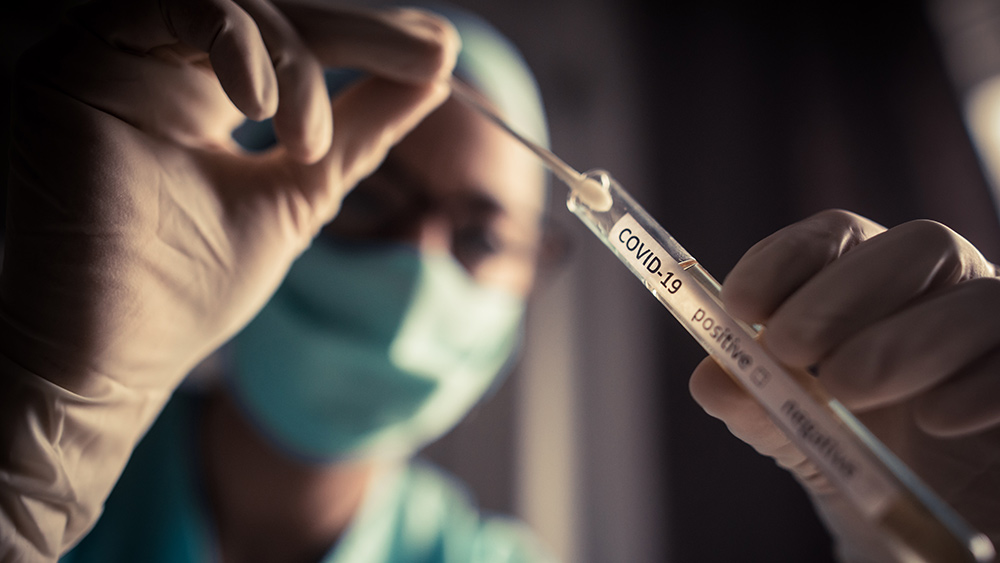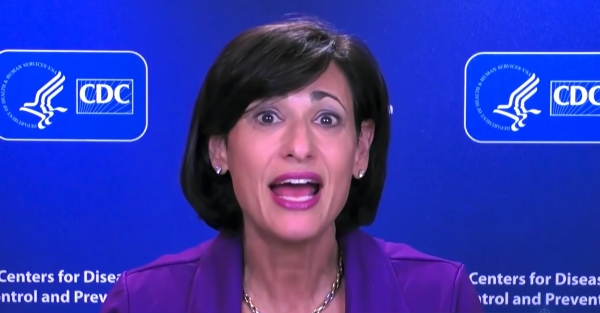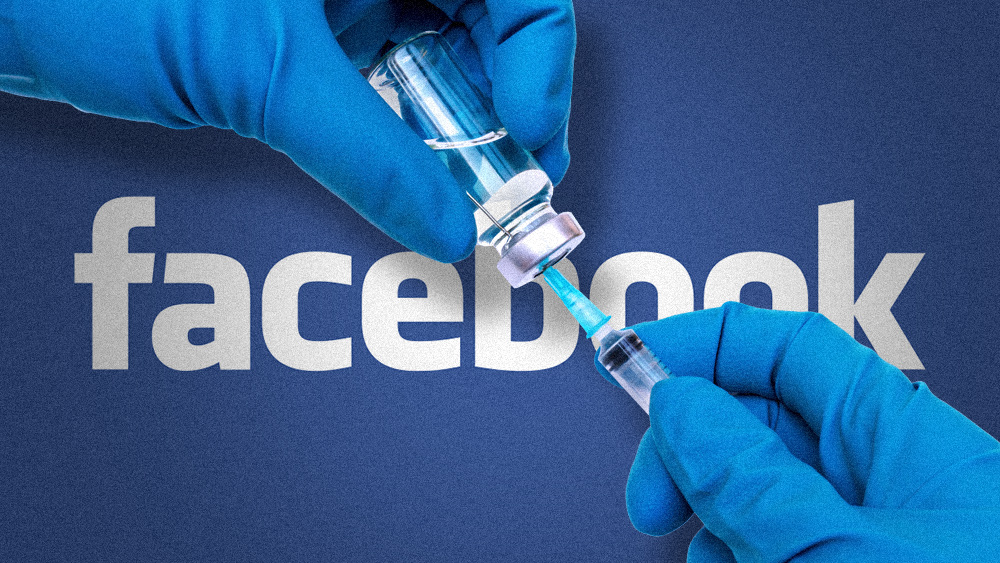STUDY: If you’re “up to date” with covid vaccination, you’re more likely to become infected
06/22/2023 / By Ethan Huff

Researchers from the Cleveland Clinic in Ohio say that people who are “up to date” on their Wuhan coronavirus (Covid-19) “vaccinations” are much more likely than the unvaccinated to become infected – meaning the shots do not work as claimed.
They published an entire study, in fact, basically warning the fully jabbed that they are at greater risk than the unvaccinated of getting sick. This is especially true for people who received one of the so-called “bivalent” booster shots that the government pushed last fall to “stop the spread” of the many new covid “variants” it claims are in circulation.
Even after adjusting for other risk factors such as age and job location, Cleveland Clinic researchers determined that getting covid shots was not a good idea for people who wish to stay healthy and live normal lives.
“This study highlights the challenges of counting on protection from a vaccine when the effectiveness of the vaccine decreases over time as new variants emerge that are antigenically very different from those used to develop the vaccine,” is how Dr. Nabin Shrestha and the other study co-authors put it.
(Related: Did you catch the video clip of former Green Beret Ivan Raiklin confronting outgoing CDC director Rochelle Walensky before her congressional hearing?)
Why would anyone get covid jabbed if doing so makes one WORSE off health-wise?
Published on the medRxiv pre-print server ahead of a June 12 peer review, the paper looked at 48,344 employees of the Cleveland Clinic, including both vaccinated and unvaccinated. Forty-seven percent of the employees showed evidence of prior infection.
The only employees included in the study were those employed in the fall of 2022 when the bivalent jabs were first released. These same employees also had to remain employed at the time when the so-called “XBB” strain of the Fauci Flu, as well as its various lineages, purportedly became dominant.
The study covered the period of time between January 29 and May 10 of this year. It used the Simon-Makuch hazard plot to determine jab effectiveness, treating each employee as if he or she was “not up to date” on the injections. Only when a worker received a bivalent dose did he or she count as being “up to date” for the purpose of the study. Employees who were fired stopped being counted.
“During the study period, 1,475, or 3 percent of clinic employees, became infected,” one report about the study indicated, adding that researchers did not provide jab effectiveness estimates because they did not calculate how many of the infected employees were non-jabbed.
“Being ‘not up to date’ was associated with a lower risk of infection, with an unadjusted hazard ratio of 0.78 and an adjusted hazard ratio of 0.77. A hazard ratio of less than 1 means a smaller risk of infection.”
Using the Centers for Disease Control and Prevention’s definition for “up to date,” Cleveland Clinic researchers confirmed their earlier finding that the more doses of the shot a person receives, the greater the likelihood that he or she will become infected.
“It is now well-known that SARS-CoV-2 infection provides more robust protection than vaccination,” the authors confirmed, using a roundabout word salad to basically say that remaining unvaccinated is the smartest decision a person can make for his or her health.
“Therefore, it is not surprising that not being ‘up to date’ according to the CDC definition was associated with a higher risk of prior BA.4 / BA.5 or BQ lineage infection, and therefore a lower risk of COVID-19, than being ‘up to date,’ while the XBB lineages were dominant.”
The health problems that people who got covid-jabbed are suffering are only just the beginning. To learn more, visit VaccineInjuryNews.com.
Sources for this article include:
Submit a correction >>
Tagged Under:
This article may contain statements that reflect the opinion of the author
RECENT NEWS & ARTICLES
BadMedicine.News is a fact-based public education website published by BadMedicine News Features, LLC.
All content copyright © 2019 by BadMedicine News Features, LLC.
Contact Us with Tips or Corrections
All trademarks, registered trademarks and servicemarks mentioned on this site are the property of their respective owners.




















